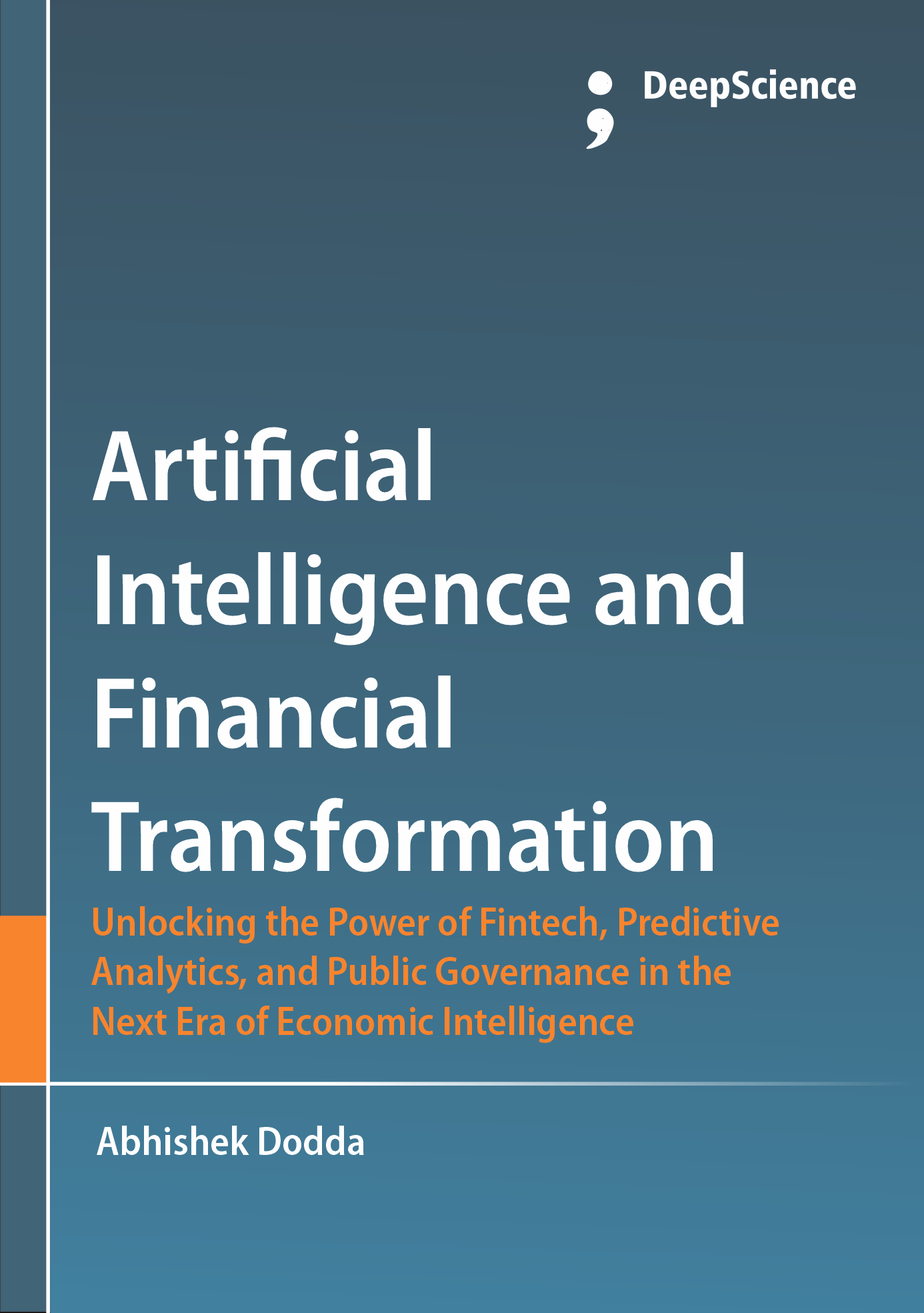Enhancing fintech products with data engineering and machine learning pipelines
Synopsis
The term financial technology, or fintech for short, is an umbrella definition that is becoming progressively popular in describing varieties of technology-driven innovation and problem-solving new business models within the financial services industry. Internationally dollars invested in fintech companies have increased markedly in recent years, and this focus on bank-assisting technologies has translated into the rise of a new and sophisticated breed of investment bank, termed the fintech bank, serving the needs of the hedge fund and private equity providers of risk capital who play a critical role in the creation of many of these newly-minted fintech companies (Chen et al., 2014; Breck et al., 2017; Akhgar & Sutan, 2021). The technologies available for use by industry new entrants is incredibly diverse—ranging from robotics, to artificial intelligence and machine learning, to blockchain and electronic market making, cloud computing, and applied neuroscience—and the fintech area is distinguished in that it is especially open to new firms and new partnerships, creating the potential for a new alliance-based buty area, particularly fevered discussion appearances by central bankers, growth and exit strategies of leading fintech firms, consumer interest change to create new forms of joint sector partnership models, fintech services as the latest product extension, and thus growth area, for the traditional bank, as well as a major accelerator of financial inclusion in developing markets (Kelleher et al., 2015; Gai et al., 2018).












